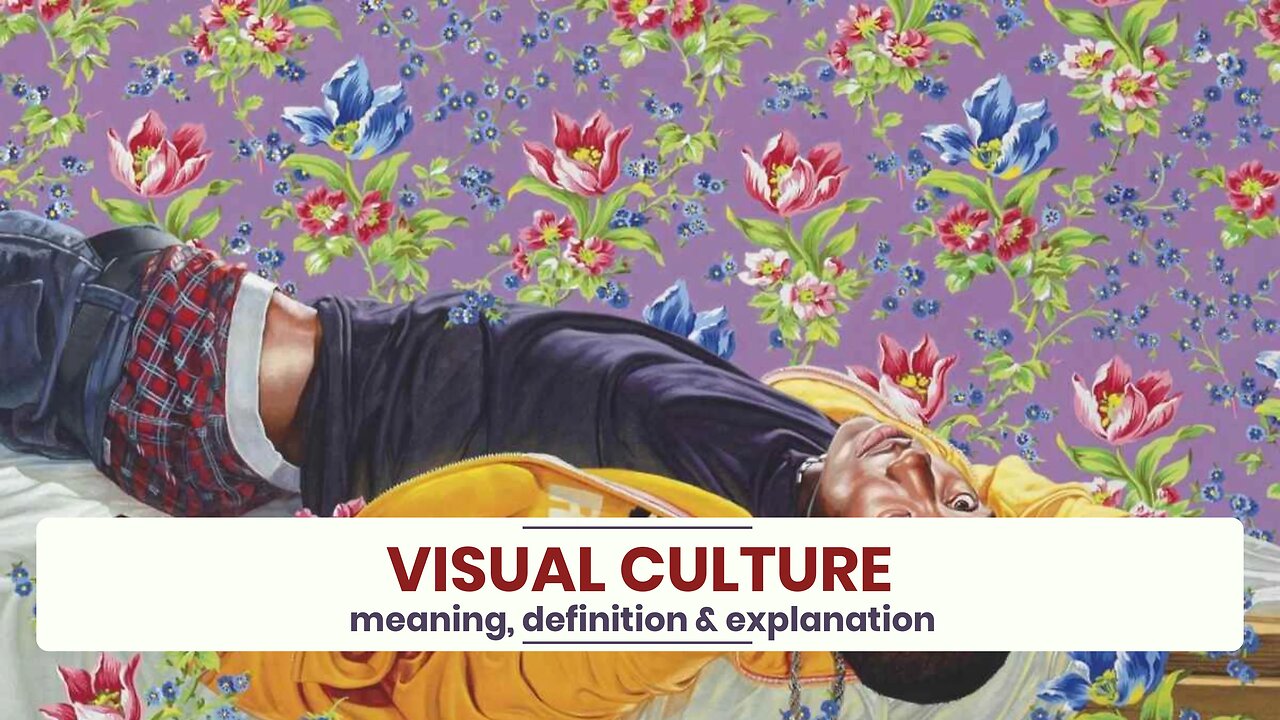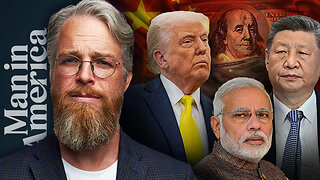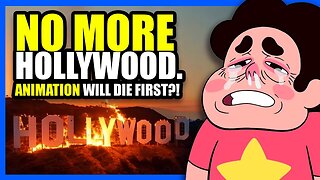Premium Only Content

What is VISUAL CULTURE?
✪✪✪✪✪
http://www.theaudiopedia.com
✪✪✪✪✪
What does VISUAL CULTURE mean? VISUAL CULTURE meaning - VISUAL CULTURE definition - VISUAL CULTURE explanation. What is the meaning of VISUAL CULTURE? What is the definition of VISUAL CULTURE? What does VISUAL CULTURE stand for? What is VISUAL CULTURE meaning? What is VISUAL CULTURE definition?
Visual culture is the aspect of culture expressed in visual images. Many academic fields study this subject, including cultural studies, art history, critical theory, philosophy, and anthropology.
Among theorists working within contemporary culture, this field of study often overlaps with film studies, psychoanalytic theory, sex studies, queer theory, and the study of television; it can also include video game studies, comics, traditional artistic media, advertising, the Internet, and any other medium that has a crucial visual component.
The field's versatility stems from the range of objects contained under the term "visual culture", which aggregates "visual events in which information, meaning or pleasure is sought by the consumer in an interface with visual technology". The term "visual technology" refers any media designed for purposes of perception or with the potential to augment our visual capability.
Because of the changing technological aspects of visual culture as well as a scientific method-derived desire to create taxonomies or articulate what the "visual" is, many aspects of Visual Culture overlap with the study of science and technology, including hybrid electronic media, cognitive science, neurology, and image and brain theory. In an interview with the Journal of Visual Culture, academic Martin Jay explicates the rise of this tie between the visual and the technological: "Insofar as we live in a culture whose technological advances abet the production and dissemination of such images at a hitherto unimagined level, it is necessary to focus on how they work and what they do, rather than move past them too quickly to the ideas they represent or the reality they purport to depict. In so doing, we necessarily have to ask questions about ... technological mediations and extensions of visual experience."
The term "Visualism" was developed by the German anthropologist Johannes Fabian to criticise the dominating role of vision in scientific discourse, through such terms as observation. He points to an under theorised approach to the use of visual representation which leads to a corpuscular theory of knowledge and information which leads to their atomisation.
It also may overlap with another emerging field, that of Performance Studies. As "the turn from art history to visual culture studies parallels a turn from theater studies to performance studies", it is clear that the perspectival shift that both emerging fields embody is comparable. "Visual Culture" goes by a variety of names at different institutions, including Visual and Critical Studies, Visual and Cultural Studies, and Visual Studies. There has appeared analysis which applies method with computational media. For example, in 2008, Yukihiko Yoshida did a study called "Leni Riefenstahl and German expressionism: research in Visual Cultural Studies using the trans-disciplinary semantic spaces of specialized dictionaries." The study took databases of images tagged with connotative and denotative keywords (a search engine) and found Riefenstahl's imagery had the same qualities as imagery tagged "degenerate" in the title of Degenerate Art Exhibition, Germany at 1937.
While the image remains a focal point in visual culture studies, it is the relations between images and consumers that are evaluated for their cultural significance, not just the image in and of itself. Martin Jay clarifies, "Although images of all kinds have long served as illustrations of arguments made discursively, the growth of visual culture as a field has allowed them to be examined more in their own terms as complex figural artifacts or the stimulants to visual experiences."
Likewise, W. J. T. Mitchell explicitly distinguishes the two fields in his claim that visual culture studies "helps us to see that even something as broad as the image does not exhaust the field of visuality; that visual studies is not the same thing as image studies, and that the study of the visual image is just one component of the larger field."
-
 1:41
1:41
The Audiopedia
1 year agoWhat is PUBLIC DEBT?
57 -
 1:07:25
1:07:25
Man in America
13 hours agoThe BRICS War on the Dollar Just Hit Endgame—What's Next Changes EVERYTHING
20.3K12 -
 3:23:45
3:23:45
SOLTEKGG
4 hours ago🔴LIVE - Community Game Night - GIVEAWAY
24K2 -
 LIVE
LIVE
SpartakusLIVE
6 hours ago#1 Friday Night HYPE, viewers GLUED to the screen
365 watching -
 55:50
55:50
NAG Podcast
5 hours agoAda Lluch: BOLDTALK W/Angela Belcamino
8.73K1 -
 LIVE
LIVE
VapinGamers
2 hours agoKellan Graves - Fallen - Game Review and Game KeyGiveaway - !rumbot !music
143 watching -
 1:06:41
1:06:41
MattMorseTV
5 hours ago $0.16 earned🔴Trump PREPARES for WAR with VENEZUELA.🔴
36.2K61 -
 39:59
39:59
Clownfish TV
9 hours agoHollywood NO MORE! Animation Industry Will DIE First?! | Clownfish TV
8.16K2 -
 25:57
25:57
The Kevin Trudeau Show Limitless
2 days agoThe Sound Of Control: This Is How They Program You
61.2K19 -
 47:41
47:41
Sarah Westall
4 hours agoNew Actions by Insiders Never Seen in History – Bitcoin Moves Ahead w/ Andy Schectman
18.3K2